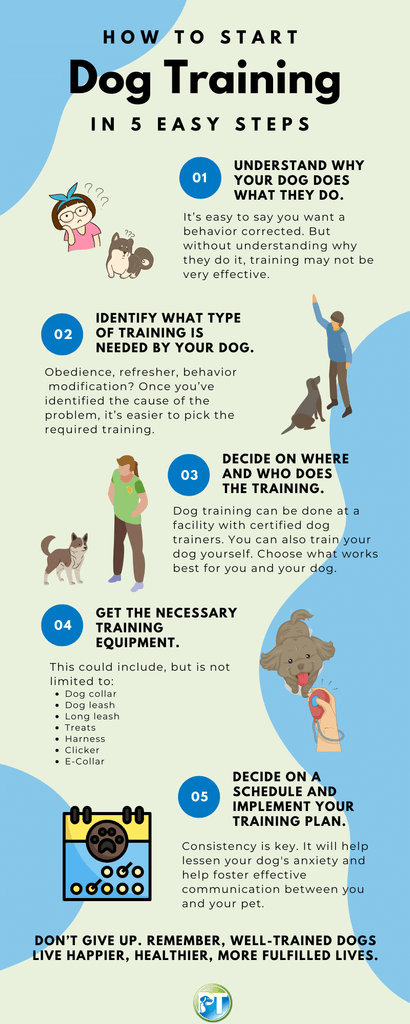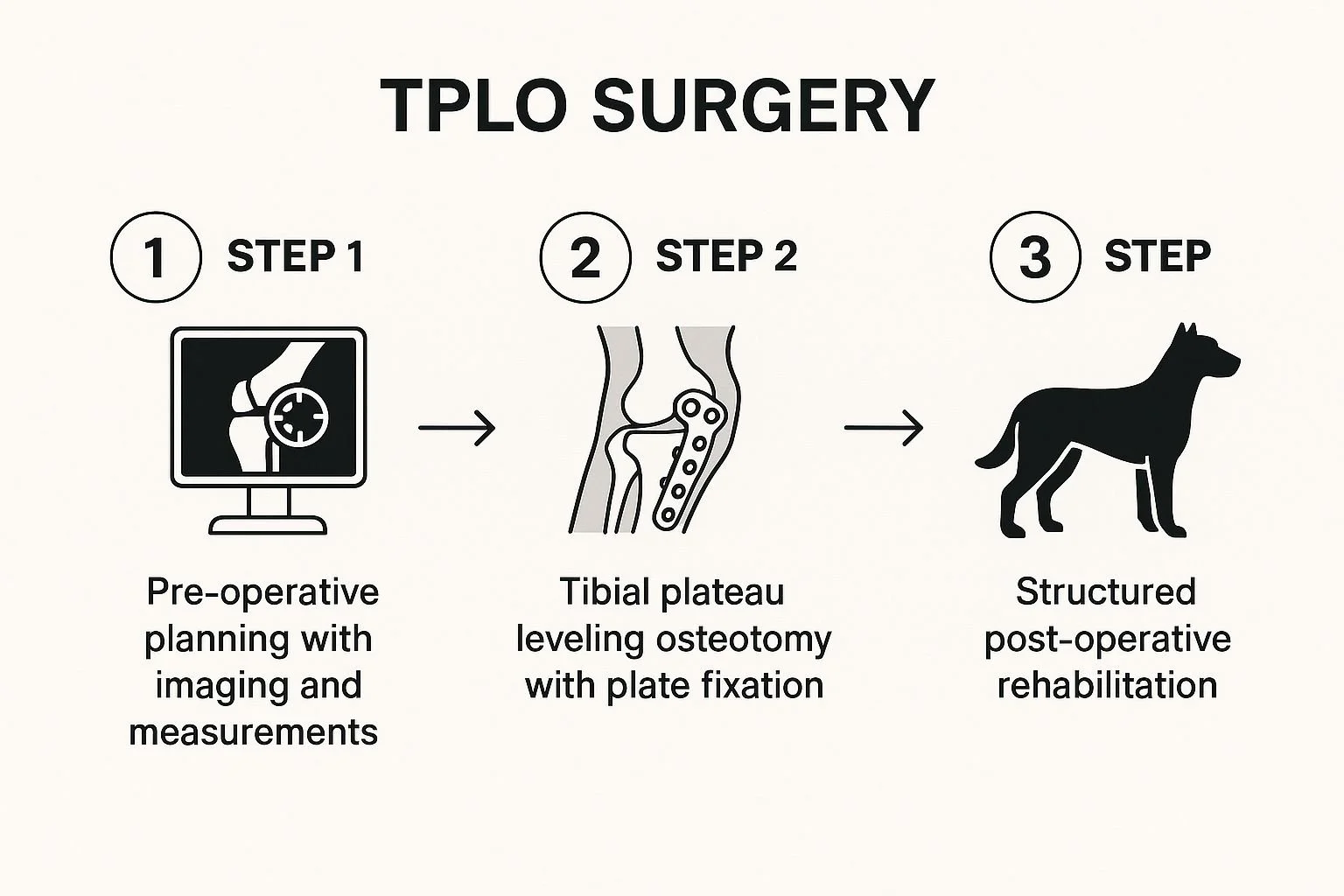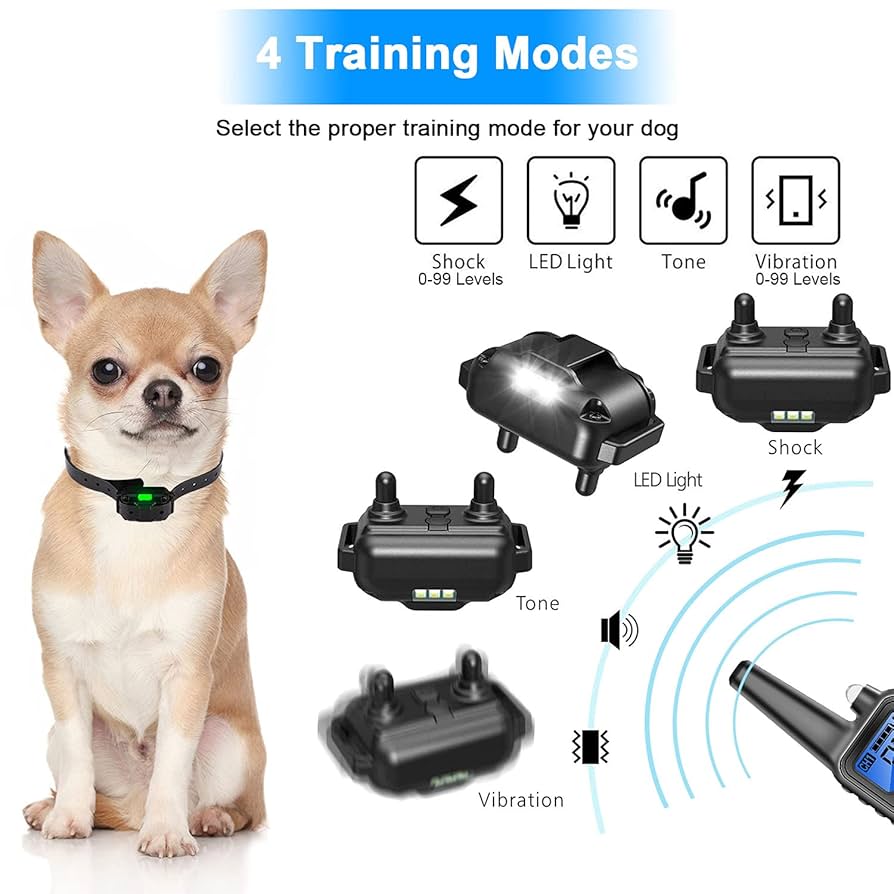Are you struggling to control your dog’s behavior and wondering if a shock collar could be the solution? You’re not alone.
Many dog owners ask, “Do shock collars work on dogs? ” The answer isn’t simple, but understanding how these devices affect your furry friend can make all the difference. You’ll discover the truth about shock collars, how they work, and whether they’re the right choice for your dog’s training.
Keep reading to find out what you need to know before making a decision that impacts your pet’s well-being.

Credit: www.calmshops.co.uk
How Shock Collars Work
Understanding how shock collars work helps explain their role in dog training. These devices deliver a mild electric stimulus to the dog’s neck. The sensation aims to grab the dog’s attention and modify behavior.
The effectiveness depends on how the collar is used and the dog’s response. Proper use requires careful control of the intensity and timing of the stimulus.
Mechanism And Technology
Shock collars use a small electric circuit powered by a battery. When activated, the collar sends a quick electric pulse to the contact points against the dog’s skin.
This pulse causes a brief, harmless tingling or vibration sensation. The dog feels this as a mild correction or warning.
Most collars have adjustable settings to control the strength and length of the pulse. Some models include sound or vibration signals before the shock to warn the dog.
Remote controls allow trainers to activate the collar from a distance. Some collars also have automatic features, like bark detection sensors.
Types Of Shock Collars
- Remote Shock Collars:Activated manually by the trainer using a remote control. Used for obedience or behavior training.
- Bark Control Collars:Automatically deliver a shock when the dog barks. Helps reduce excessive barking.
- Static Shock Collars:Provide a fixed level of shock. Usually simple and affordable models.
- Adjustable Shock Collars:Allow changes in shock intensity to match the dog’s size and sensitivity.
- Vibration and Tone Collars:Combine shocks with vibrations or sounds as warnings before the shock is applied.
Behavioral Impact On Dogs
Understanding how shock collars affect your dog’s behavior is essential before deciding to use one. These devices deliver an electric stimulus meant to correct unwanted actions, but the impact goes beyond immediate reactions. The behavioral changes can vary widely, influencing your dog’s emotions and responses both right after use and in the long run.
Short-term Effects
Shock collars often create an instant association between a specific behavior and a negative stimulus. Your dog might stop barking or pulling on the leash quickly, which seems effective at first. However, this quick fix can come with side effects like anxiety or confusion.
Dogs may become fearful of certain places, people, or even their owners if the shock is unpredictable or harsh. You might notice your dog cowering, avoiding eye contact, or showing signs of stress right after using the collar. These signs suggest that your dog isn’t learning what you want but simply trying to avoid pain.
Long-term Consequences
Repeated use of shock collars can create lasting emotional damage. Fear and anxiety might turn into aggression or withdrawal, making behavioral problems worse instead of better. A dog that associates punishment with your presence may become less trusting and harder to train.
Think about whether you want your dog to obey out of fear or understanding. Training based on positive reinforcement builds a stronger bond and encourages good behavior without stress. Have you noticed if your dog’s behavior improves or worsens over time with the collar? This is a crucial question every dog owner should ask themselves.
Pros And Cons Of Shock Collars
Shock collars remain a topic of debate among dog owners and trainers. They offer a quick way to correct unwanted behaviors but also raise ethical and safety concerns. Understanding the pros and cons helps decide if they suit your dog’s training needs.
Potential Benefits
- Can quickly stop dangerous behaviors like chasing cars or aggression.
- Offers remote control to correct dogs at a distance.
- Adjustable settings allow varying shock intensity for different dogs.
- May help in training stubborn or hard-to-control dogs.
- Can be combined with positive reinforcement for balanced training.
Risks And Drawbacks
- May cause fear, anxiety, or stress in some dogs.
- Incorrect use can lead to physical pain or injury.
- Dogs might associate shock with unrelated triggers, causing confusion.
- Potential to damage the bond between dog and owner.
- Not suitable for all dogs, especially those with health issues.

Credit: www.amazon.com
Comparing Alternatives
When considering how to train your dog, it’s important to weigh different options carefully. Shock collars often come with quick fixes but can bring risks that affect your dog’s well-being. Looking at alternatives helps you find a method that builds trust and lasting good behavior.
Positive Reinforcement Training
Positive reinforcement means rewarding your dog for good behavior instead of punishing mistakes. This can be as simple as giving treats, praise, or playtime when your dog follows a command. I once trained a stubborn pup who ignored commands until I switched to this method — within weeks, the changes were clear.
This approach creates a strong bond between you and your dog. It encourages your pet to repeat behaviors that earn rewards, making training feel like a game. Have you noticed how your dog’s tail wags more when praised? That’s a clear sign your dog enjoys learning this way.
Other Training Tools
Besides shock collars and treats, there are several tools designed to guide your dog without fear. Clickers, for example, make a distinct sound that marks good behavior, helping your dog understand exactly what you want. Leash training and harnesses also give you control while teaching boundaries gently.
- Clicker trainers:Use a consistent sound to signal correct actions.
- Head halters:Help manage pulling without causing pain.
- Long lines:Allow safe off-leash training in open spaces.
These tools don’t replace patience and consistency but support you in guiding your dog effectively. What tools have you tried so far, and how did your dog respond? Sometimes, mixing methods tailored to your dog’s personality brings the best results.
Expert Opinions And Studies
Experts and research provide varied views on shock collars for dogs. Understanding these opinions helps pet owners make informed choices. Some professionals see potential risks, while others note benefits under strict use. Scientific studies offer data on effectiveness and safety. This section explores what veterinarians and researchers say.
Veterinarian Perspectives
Many veterinarians express concern about shock collars. They warn about stress and fear caused by electric shocks. Some believe these devices can harm the dog’s mental health.
Others accept shock collars for specific cases, like serious behavior problems. They stress proper training and supervision. Positive reinforcement often comes as a preferred option.
Veterinarians emphasize watching the dog’s response closely. Discomfort signs mean the collar should be stopped immediately. Overall, vets recommend caution and expert guidance.
Scientific Research Findings
Studies show mixed results on shock collar effectiveness. Some find short-term behavior improvement in dogs. Others report increased anxiety and aggression after use.
Research highlights that timing and intensity matter greatly. Improper use can cause confusion and fear. Controlled, low-level shocks may reduce some unwanted behaviors.
Long-term studies suggest positive training methods cause less harm. Many scientists advise combining shock collars with rewards. This balanced approach tends to work better.
Legal And Ethical Considerations
Before deciding whether to use a shock collar on your dog, it’s important to understand the legal and ethical factors involved. These devices are not just training tools—they come with rules and moral questions that affect your pet’s well-being and your responsibilities as an owner.
Regulations And Restrictions
Shock collars are subject to different laws depending on where you live. Some countries and regions ban their sale or use entirely, while others regulate how and when they can be used.
For example, in parts of Europe, shock collars are illegal because they are seen as harmful to animals. In the United States, rules vary by state, with some allowing their use only under professional supervision.
Check your local laws before buying or using a shock collar. Ignoring these rules could lead to fines or legal trouble, and more importantly, it could harm your dog.
Ethical Debates
Many dog owners and trainers question whether shock collars are a humane way to train pets. The main concern is that these devices rely on pain or discomfort to change behavior.
Think about your own experience—would you respond better to encouragement or punishment? Dogs are no different. Positive reinforcement usually builds trust, while shocks can create fear or anxiety.
Some trainers argue that shock collars, if used carefully and sparingly, can help in dangerous situations like stopping a dog from chasing cars. But is a quick fix worth the risk of damaging your bond with your dog?
Consider alternatives like reward-based training that respects your dog’s feelings. Your choice reflects how you want to communicate and care for your pet every day.
Tips For Responsible Use
Using a shock collar responsibly protects your dog’s well-being and training success. It requires care, knowledge, and respect for your pet’s limits. Follow these tips to keep training safe and effective.
Choosing The Right Collar
Select a collar designed for your dog’s size and temperament. Lightweight collars suit small dogs better. Check product reviews and consult your vet or trainer before buying. Avoid collars that deliver too strong a shock or unclear signals. Choose models with adjustable settings to control stimulation levels.
Guidelines For Safe Use
- Start with the lowest shock level and observe your dog’s reaction.
- Use the collar only for short training sessions to avoid stress.
- Never leave the collar on your dog unattended for long periods.
- Combine the collar with positive reinforcement like treats and praise.
- Stop using the collar if your dog shows signs of fear or pain.
- Follow the manufacturer’s instructions carefully for placement and timing.
- Regularly check your dog’s skin for irritation or wounds from the collar.

Credit: www.amazon.com
Frequently Asked Questions
What Are Shock Collars Used For In Dog Training?
Shock collars are designed to correct unwanted behaviors by delivering mild electric stimulation. They help reinforce commands and improve obedience when used responsibly.
Are Shock Collars Safe For All Dog Breeds?
Shock collars can be safe if properly adjusted, but some breeds may be more sensitive. Always consult a vet or trainer before use.
How Effective Are Shock Collars For Behavior Correction?
Shock collars can be effective for certain behaviors but work best combined with positive reinforcement and consistent training methods.
Can Shock Collars Cause Harm To Dogs?
Improper use of shock collars can cause stress, fear, or injury. Proper usage and supervision are essential to avoid harm.
Conclusion
Shock collars can work for some dogs, but they are not perfect. They may help control behavior but can cause stress or fear. Training with kindness often brings better results. Understanding your dog’s needs is very important. Always choose safe and gentle methods first.
Patience and consistency make the biggest difference. Remember, every dog is unique and learns in its own way. Think carefully before using a shock collar. Your dog’s happiness matters the most.







